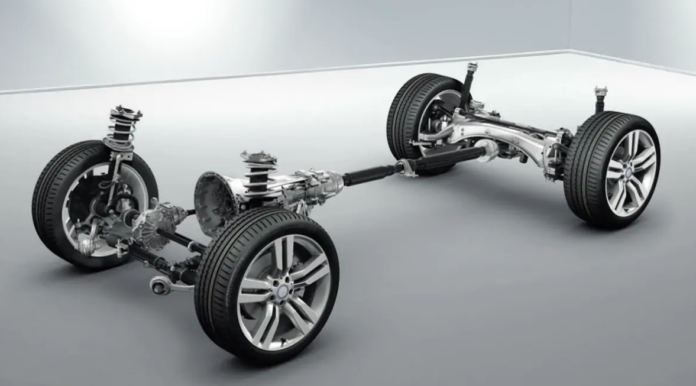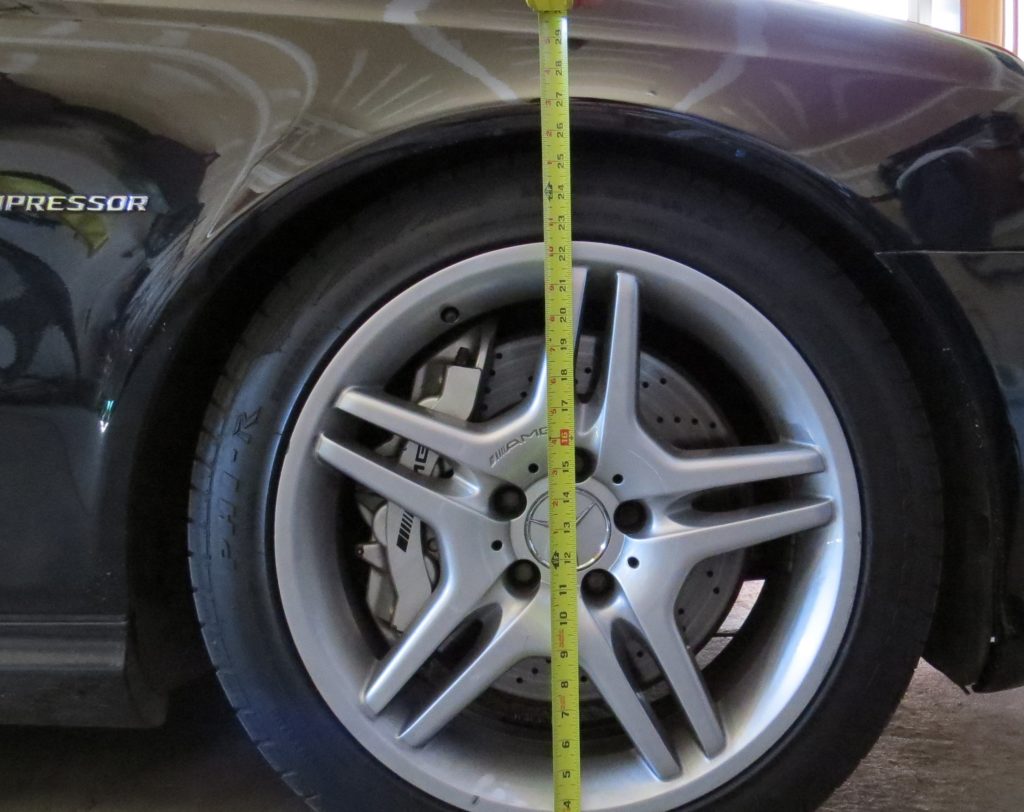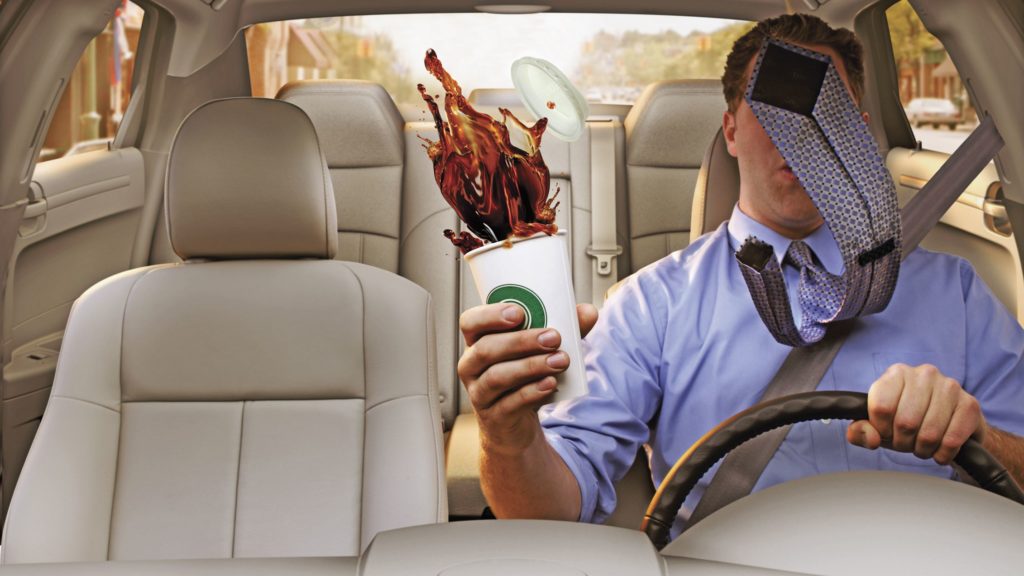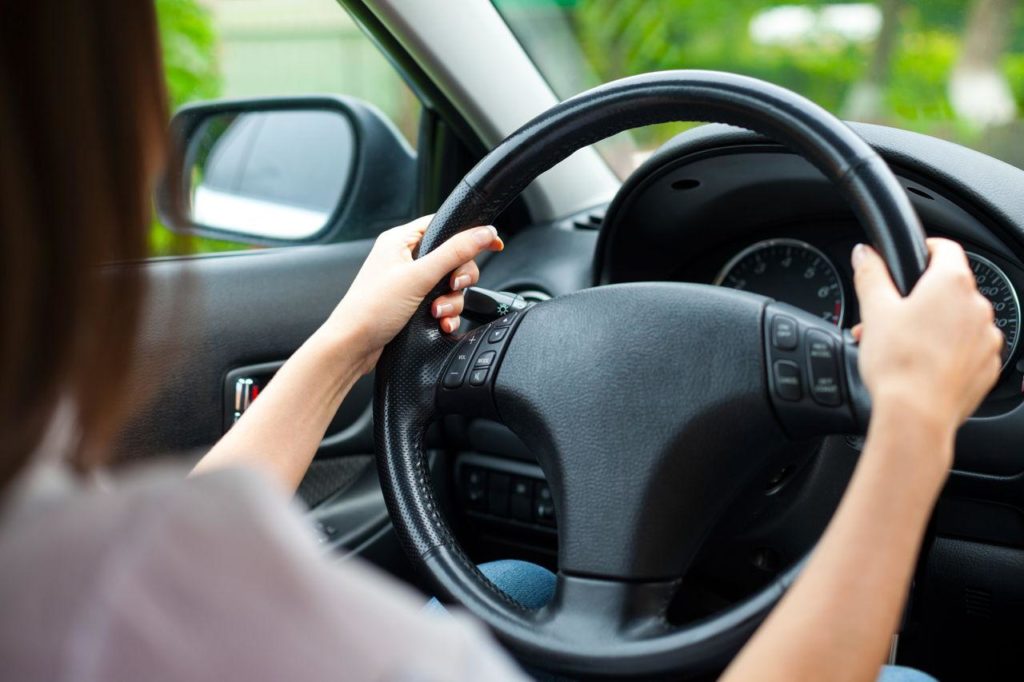
Your vehicle is fitted with a sophisticated suspension system. Shock absorbers and springs work in unison to soak up the bumps in the road giving you a smooth ride.
But, their role is much more important than simply giving you the smoothest possible ride. By absorbing bumps it helps to maintain even pressure on the wheels. In turn, this maximizes the friction between the road surface and your tires. What that means is a better grip and better control of your vehicle.
A damaged suspension system means you’ll have less control of your vehicle and will be more likely to be involved in an accident. That’s not a scenario you want to contemplate, especially when you consider there are more than 6 million car accidents every year in the US.
Don’t forget that worn suspension components won’t just decrease your ability to control the vehicle. They’ll also increase the speed at which other components wear, potentially giving you a much bigger repair bill! Click here to learn more about a reputable local garage that can help you out today.
In order for you to be prepared for a suspension issue, it’s a good idea to be aware of the 5 most common signs of suspension problems.
1. Pulling to one side

This is probably the most common sign that there is something wrong with your suspension. It usually happens gradually and you’ll automatically compensate for it when driving.
In fact, its one of the easiest signs to overlook because you naturally compensate. Fortunately, it’s also easy for you to test and verify while you’re driving.
You should get in the habit of doing the following once a week.
Choose a nice empty, straight road and accelerate smoothly. You don’t need to be going fast. Let go of the steering wheel and see if the car drifts to one side. If it does repeat a couple of times to be sure.
The fault is usually one of the following:
- Inaccurate and uneven tire pressures
- Bad wheel alignment
- Tie rods wearing or damaged
- Steering rack issue
- Sticking brake caliper
It can be caused by simply hitting a pothole but it is definitely worth checking out.
2. Ride Quality

A relatively obvious sign that your suspension is not right is when you start to feel every bump in the road. Assuming no suspension components have been changed recently this type of change suggests an issue with the shock absorbers.
The simplest way of testing this is known as the bounce test. Push down hard on one corner of the car and then release it. The car should bounce back up and settle.
When it bounces up and down 3 or more times you have an issue with the shocks. It’s highly likely that they’ll need replacing. This is one of those issues that will really affect the handling of your vehicle and, therefore, increase the likelihood of you losing control.
Your shock absorbers are under a lot of pressure, overtime seals will become damaged and they can start to leak. Repairing them is not usually an option, you’ll need a replacement. Shocks should always be replaced as a set, that’s both the shocks on the same axle.
3. Ride Height Is different

A telltale sign that you have an issue is when one corner of the car is sitting lower than the others. This can be a result of an uneven surface. To be certain it’s worth turning the car around and looking to see if the problem still exists.
When just one corner sits lower the fault is usually a damaged spring. This means ride comfort may not be noticeably distorted as the shock is still working and the others will help to dampen bumps.
However, it can also be the shock that has blown causing excess compression of the spring.
The spring and shock can be removed and replaced relatively easily. However, unless there is an obvious cause of the issue it is usual to assume the other spring and shock on the same axle is likely to fail soon. The best course of action is replacing both springs before this becomes an issue.
As well as the car sitting lower on one corner you’ll notice a clunking noise when you go over bumps or cornering, particularly if the car is leaning toward the damaged spring. Damaged shocks will affect the handling of your vehicle.
4. Nose Diving

If you brake suddenly your body weight shifts forward and the front end dips towards the ground. This is because of the suppression of momentum.
However, while a little is acceptable, an excessive amount of nose-diving suggests an issue with the suspension. You’ll probably also notice excessive rolling on corners and your car may feel like it leans back when you accelerate.
You can test out the feel and response of your car on a quiet road by accelerating normally and braking back to a stop.
This test must be done under normal driving conditions. If it does this while you’re driving the car hard it may just be a side-effect of driving hard.
5. Heavy or Hard Steering

If your steering is heavy and you’re struggling to get the wheel turned, especially when you’re driving at a slow speed, then you either have a steering or suspension problem.
The most obvious issue is a lack of power steering fluid, probably caused by a leak. However, suspension elements can also affect the steering. These include worn control arm bushings or a bad rack; it could be damaged or leaking fluid.
You may also feel that the steering wheel is turning but the tires aren’t or are slipping back as you turn the wheel. This indicates a potential fault in your suspension system that needs to be looked at as soon as possible.
It’s not worth taking the risk when you have a vehicle. Regular servicing and tune-ups can help to keep your car in the best possible condition. But, you should also be aware of the signs of potential issues. This will help you to catch them early, potentially saving you money and reducing the risk of having an accident.














